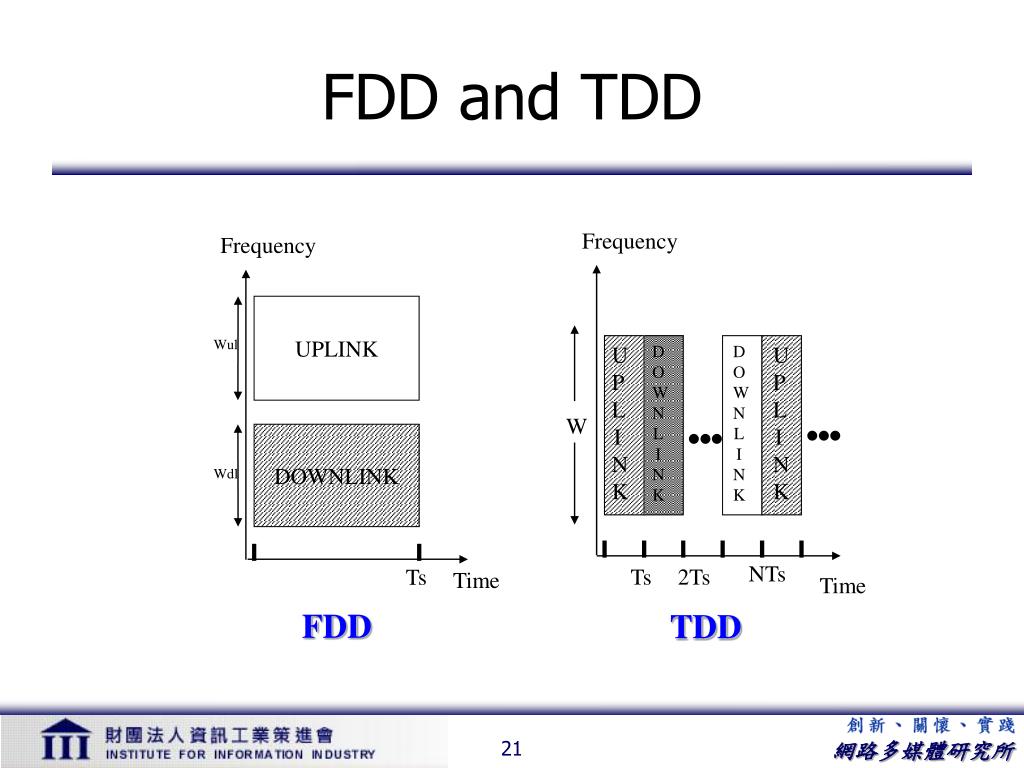

Uplink vs downlink frequency full#
This can be achieved by using a converter with a multichannel architecture, typically 3 to 4 L- or S-band input channels to make use of the full 47.2 – 50.2 GHz and 50.4 -52.4 GHz V-band uplink spectrum.įigure 2: Relative group delay, with the measured values remaining below the standard spec lines over 1 GHz of output bandwidth (max. First, the converter should provide coverage of the full bandwidth range for satcom VHTS systems. There are several must-have capabilities in a Q/V-band converter. On the commercial side, the gained bandwidth potential far outpaces the infrastructure investment cost, which enables service providers to offer data rates at a substantially lower cost per sellable Gbps compared with existing in-orbit assets. They are also under pressure to increase the amount of bandwidth available to consumers for data-intensive applications.Īs the Q- and V-bands operate at substantially higher frequencies than other satellite spectra, such as the Ka-band, these frequency bands are a key enabler for higher bandwidths, and the corresponding frequency converters are a prerequisite for generating those signals. Today’s operators need to be able to provide easy, affordable and fast internet delivery. Q/V-band systems are being used to help distribute services over cellular networks, even in areas that don’t have a glass fiber internet backbone. Using the Q/V-band for backhauling, operators can simplify the delivery of broadband connectivity to rural and remote areas across the world.

In addition to the first lighthouse projects of satellite broadband coverage under implementation in North America and Europe, the Q/V-band is being heavily discussed for space based broadband cellular applications.

Eutelsat will now be using the Q/V-band links to offer ultra-high data throughput via the company’s KONNECT satellite for European coverage. The aim is to increase the user bandwidth up to an order of magnitude.Īn excellent example of this application is Eutelsat, one of the world’s leading satellite operators with a powerful fleet of satellites serving users across Europe, Africa, Asia and the Americas. Under this scenario, feeder uplink and downlink communication is done in Q/V-bands, making the Ka- band exclusively available for end users. VHTS systems are generally used for Direct-To-Home (DTH) internet access. Satellite operators are using the Q/V-band links for two key applications: Very High Throughput Satellites (VHTS) and cellular broadband networks. In today’s data-centric world, Q/V-band converters are becoming critically important and essential equipment for satellite operators looking to enable the delivery of ultra-fast broadband speeds. Ranging from 37.5-42.5 GHz for the Q-band downlink, and 47.2-52.4 GHz for the V-band uplink, within the Extremely High Frequency (EHF) area of the radio spectrum, the Q/V-band enables satellite operators to provide additional bandwidth to end users for data service delivery. Output phase noise, where the measured values remain below the standard spec line over the entire offset frequency range. As low-frequency bands, such as Ka-band are pushed to the limit in terms of bandwidth availability, the satellite communications industry sees higher-frequency Q- and V-bands as a new opportunity.įigure 1. Global consumption of bandwidth-intensive services is accelerating, driving the requirement for higher throughput and data bandwidth.


 0 kommentar(er)
0 kommentar(er)
